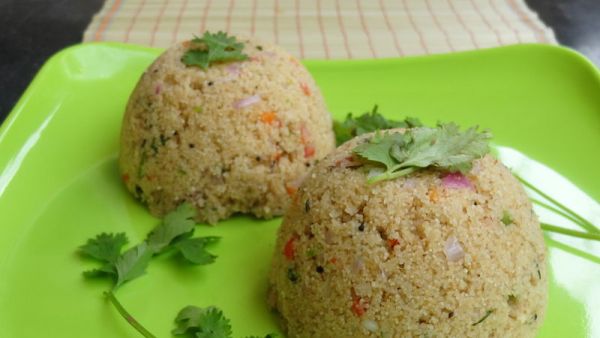India is a land of colours and spices.
One characteristic that we Indians in our land of diverse cultures cannot associate with is “blandness” in food.
It was during my stay in Europe that my passion for Indian food, spices and the rich colours and aromas of curries served with varieties of Indian flat breads like the naan, roti, puri and parantha grew stronger.
It’s only in the absence of something that we realise the importance of its presence, and after a while I started missing the aroma and taste of different kinds of “tadka” (tempering of spices in hot oil or ghee) like crackling cumin in ghee (clarified butter) or the splattering of combination of dry spices like mustard seeds, cumin, cinnamon, cardamom, fennel seeds and fresh spices like hot green chilies finely chopped with garlic and ginger that laid the foundation for a great Indian dish.
Each and every cuisine in the world, be it Italian, Spanish, Chinese, Thai or Mexican has its own charm but scientists have proven that Indian food is delicious because each spice used in an Indian recipe is distinctively placed or paired at different stages of cooking, which makes the food divine and taste so good.
A recent study, as reported by Ferdman (2015), states that scientists from Indian Institute of Technology (IIT), Jodhpur have tested more than 2,500 Indian recipes and have concluded that Indian cuisine uses contrasting food pairing flavours, which makes Indian food so delicious, as opposed to Western cuisine, which relies on developing recipes using ingredients with overlapping flavours.
It is true that for a Westerner who has never tried Indian food, the first bite of Indian food, particularly that of curries and other savoury snacks, would make him or her feel like a victim of violence taking place in his or her mouth.
If you are used to eating food with minimum seasoning, it will be difficult for you to deal with lot of spices, aroma, and flavours that are sour, sweet, salty and sometimes a pinch of bitterness too in the same dish. But it may not surprise you to find out that later, the victim has become a fan of the scientifically proven delicious Indian food.
I am not a food scientist so I cannot break the food components and flavours to let you know how delicious this recipe of Vegetable Upma is. And so I want you to try this breakfast recipe that comes from South India.
This recipe is not like many typically spicy Indian recipes, but it is healthy and promises a deep aroma of coconut, curry leaves, ginger, split (skinless) black gram, mustard seeds and with a dash of fresh coriander that will make your morning flavourful and tasty.
Here is the recipe for four servings.
Ingredients:
2 tablespoons cooking oil (preferably coconut oil)
1inch fresh ginger finely chopped or grated
½ teaspoon mustard seeds
1 red dried chilli
2 teaspoons split (skinless) black gram
10-15 curry leaves
2 green chilies finely chopped (is major ingredient used in this dish to make it pungent but its optional for you if you want to avoid piquant flavour)
1 medium onion finely diced
1 carrot diced into ¼ cubes
5-6 French beans cut into ¼ cube
¼ cup green peas
11/2 cup Semolina
Salt as per taste
3 cups of hot water
½ cup fresh grated coconut
1 tablespoon finely chopped fresh coriander
Method:
1. Heat oil in pan on medium flame and add red chili, mustard seeds and wait till it starts to splatter then add ginger, curry leaves, split (skinless) black gram and green chilies (optional) and sauté for 1 minute.
2. Then add chopped onions and sauté for 2 minutes, when the onion turns soft and is light pink in colour, add french beans, carrots and peas and sauté for another 3 minutes. (Or to reduce cooking time you can also use blanched (parboiled in hot water for few minutes) carrots, french beans and peas).
3. Then add semolina and salt and sauté for 2 to 3 minutes.
4. Add 3 cups of hot water and give a nice stir. Cover the pan with a lid and lower the flame. Let it cook on slow flame till excess water gets absorbed and the Upma looks nice and soft in consistency that easily leaves the pan. Garnish it with fresh grated coconut and coriander leaves. Serve hot.
Relephant:
Dressed to Impress: Eggs Indian Style. {Recipe}
Author: Minal Vaz
Editor: Catherine Monkman
Photo: Wikimedia Commons











Read 2 comments and reply